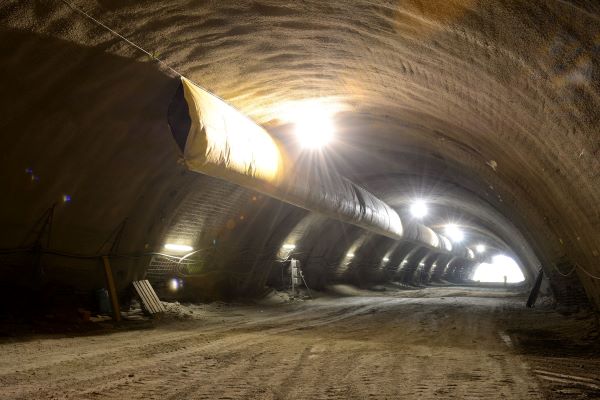1 Introduction, types of models (analytical, numerical)
2 Basic quantities, equations and relationships for modelling of tasks in the field of geotechnics and underground engineering
3 Types of constitutive material models of soil and rocks (linear, Mohr-Coulomb, Cam-Clay, hypoplastic model, Hoek-Brown)
4 General procedure for numerical modelling
5 Principle of the Limit equilibrium method for modelling the stability of the slopes
6 Finite element Method
7 Finite difference Method
8 Boundary element method
9 Distinct element method
10 Finite element modelling in the Plaxis software
11 Finite Element modelling in the MIDAS GTS software
12 Basic aspects of the stability modelling of the slopes, including modelling of the consolidation process
13 Principles of underground construction modelling
14 Fundamentals of inverse (back) analysis and stochastic modelling
2 Basic quantities, equations and relationships for modelling of tasks in the field of geotechnics and underground engineering
3 Types of constitutive material models of soil and rocks (linear, Mohr-Coulomb, Cam-Clay, hypoplastic model, Hoek-Brown)
4 General procedure for numerical modelling
5 Principle of the Limit equilibrium method for modelling the stability of the slopes
6 Finite element Method
7 Finite difference Method
8 Boundary element method
9 Distinct element method
10 Finite element modelling in the Plaxis software
11 Finite Element modelling in the MIDAS GTS software
12 Basic aspects of the stability modelling of the slopes, including modelling of the consolidation process
13 Principles of underground construction modelling
14 Fundamentals of inverse (back) analysis and stochastic modelling
